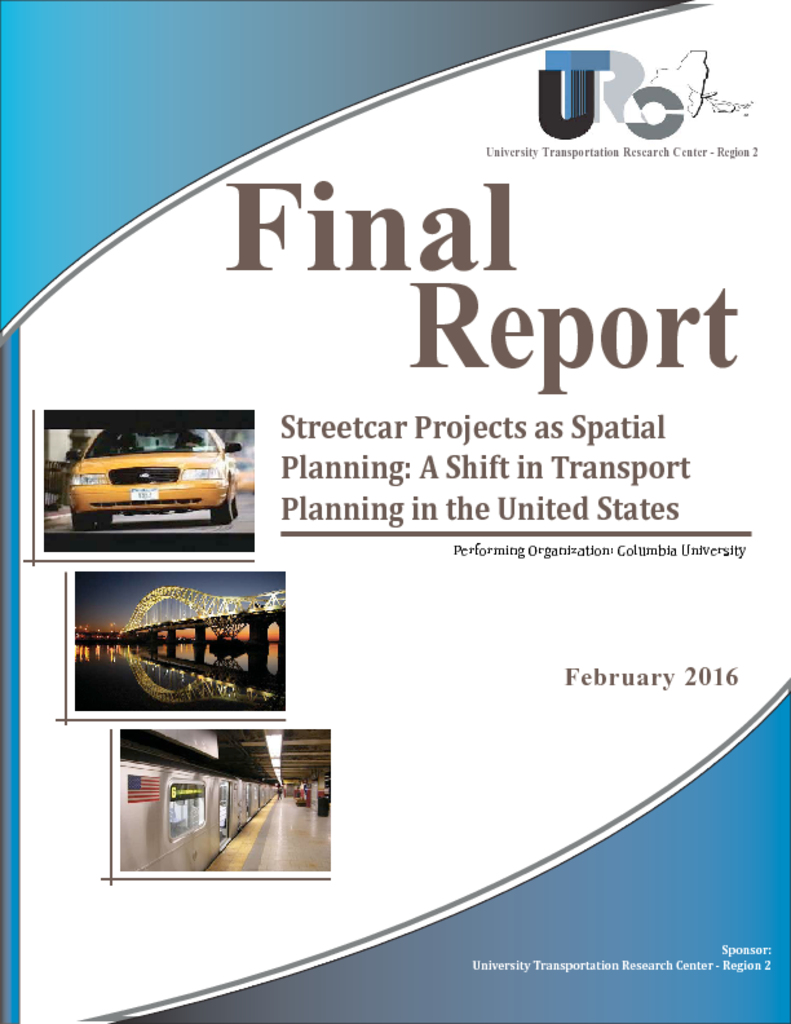Currently dozens of U.S. cities are in the midst of planning and building modern streetcar systems. Though seemingly mobility investments, the intended impacts of these streetcar projects reach beyond transportation and represent a strong turn toward strategic spatial planning through transportation infrastructure. Proponents of modern streetcars argue that they are tools of place making as much as if not more than improvements for transit services. Unlike transit investments of a century ago, when privately operated streetcars were a decentralizing force that helped disperse overcrowded central city cores and open new land for real estate development, current streetcar projects in the United States are expected to concentrate activity and economic development in select corridors. The majority of these new systems rely on transit technologies that are significantly improved over the carriages of old, with modern features, smooth rides and quiet operations. Yet for all the improvements to the vehicles and services, new streetcar investments no longer primarily improve transit accessibility. Rather, modern streetcars are part of strategic amenity packages cities use to achieve real estate and economic development goals. This use of transportation infrastructure as an amenity for a particular location is a shift away from traditional transportation planning processes, and the expected benefits, in particular, stand apart as being deliberately spatial.




